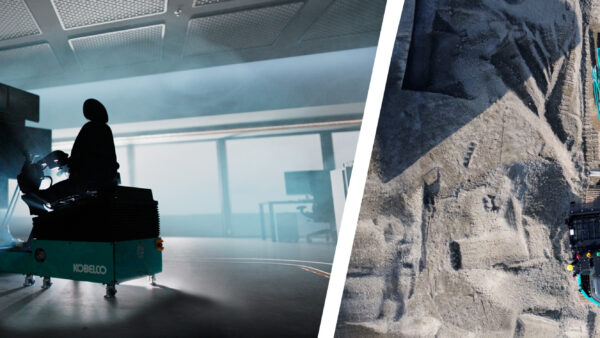A prototype maglev train and a revolutionary test track was unveiled yesterday in the southwestern Chinese city of Chengdu, news agency Xinhua reports.
The “super bullet” train is designed to have a speed of 620km/h, developed using a linear acceleration system based on high-temperature superconductors (HTSs). If these speeds can be achieved in practice, the train would be the fastest commercial transport vehicle in the world.
The 21m-long carbon-fibre train was glided slowly along a 165m test track developed by Southwest Jiaotong University, in association with China Railway Group and train-maker CRRC Corp. Xinhua said its reporter was able to push the 12 tonne locomotive using just a finger.
Deng Zigang, deputy director of the university’s research centre for maglev technology, told the agency: “Although the theory sounds good, everyone saw HTS maglev technology as a lab toy in the past, without tests in a real situation.”
The track is the first in the world to use the HTS method – existing maglev systems require supercooled magnets to generate thrust. Hot superconductors are said to provide a more stable platform for trains and are cheaper to operate than those systems.Â

The interior of the driver’s cabin (Southwest Jiaotong University)
Wu Zili, a senior engineer at Jiaotong, said the cost of the HTS maglev system was estimated to be slightly higher than high-speed rail, but was expected to become cheaper with mass production.
“High temperature” refers to the use of magnets cooled to the -160°C of liquid nitrogen, rather than the −269°C of liquid helium, as required by conventional superconductors.
Southwest Jiaotong University commented that it plans to produce train in vacuum tubes in the future.
Maglev trains were first installed in China in 2003 on a 30km, low-speed track between central Shanghai and the city’s Pudong airport.
That track was based on technology developed by Siemens and ThyssenKrupp for their abortive Transrapid venture. The first Chinese system to use domestically developed technology began operation in Changsha, Hunan Province, in 2016. That had a design speed of 100kph.
Top image: A rendering of the train in action (Southwest Jiaotong University)
Further reading:










